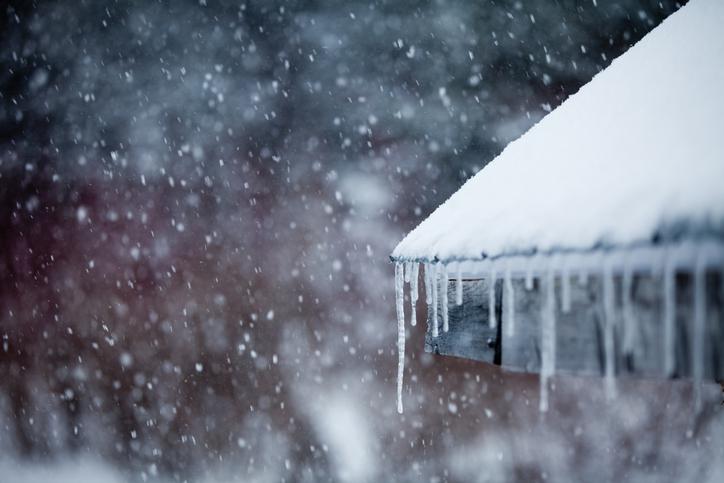
Winter is coming, whether you’re someone who loves the cold or prefers warmer temperatures!
And it’s important to make sure your plumbing is ready before the mercury drops.
Here are our favorite tips for winterizing your plumbing.
The importance of heat cable
If you live somewhere where the temperature routinely drops below freezing in the winter months, preventing from pipes from freezing is one of the first steps you should take. Frozen pipes can burst, potentially leading to thousands of dollars in damage. (And if this happens to you, your homeowners insurance may not cover it, especially if it’s something you could have prevented from happening.)
We recommend installing heat cable to protect your pipes. Heat cables have thermostats that will read your pipe’s temperatures and turn the heat on if the temperature gets too low. You should use heat cable in conjunction with pipe insulation, especially in unheated areas like crawl spaces, your attic, and your garage. Insulating pipes without using heat cable could allow cold air to seep in anyway.
Don’t forget your hoses and sprinklers
Colder weather also means that it’s time for you to disconnect hoses you have outside and shut off any outdoor faucets. A hose that’s filled with water can freeze outside and cause ice to back up into the pipes.
If you have a sprinkler system, you’ll also need to winterize that.
First, turn off the water, then drain it. You can drain in manually, opening one valve at a time (just make sure you are wearing protective eye gear because the water will be high pressure.) You might also own a sprinkler system that will automatically drain the water when you shut off the main valve. In this case, you’ll need to run one of the sprinkler heads after you turn off the water supply, then be sure to loosen the valves to let any remaining water out.
After you’ve gotten all of the water out, cover your system’s exposed parts with foam covers or insulation tape, but don’t cover any air vents or drain outlets.
Be prepared for cold spells
Even if you live in an area where the temperatures don’t routinely drop below freezing, it’s good to be prepared for the occasional cold snap! Keep an eye on the forecast for unseasonably cold temperatures, and keep your home’s thermostat at a steady temperature. Depending on how cold it’s supposed to get, consider cranking up the heat a few degrees higher than you normally would.
Leave your faucets running if a pattern of freezing weather is going to be sweeping through your area. This will provide relief for the water pressure that comes from frozen pipes, and prevent those pipes from bursting. Only leave faucets running if their drains are on an interior wall, because otherwise the drain could freeze and your sink could overflow.
Open your kitchen cabinet doors. Your kitchen’s pipes are often behind closed cabinet doors, cut off from the heat of the rest of the house. Keeping the cabinet doors open will let heat into the cabinet.
Consider investing in a smart thermostat that will let you set your house’s temperature with your smartphone. If the temperature suddenly drops in your house, you’ll get an alert via email or text, depending on how you set the system up.
READ MORE: Smart Plumbing Devices Let You Save Water and Money
Finally, if you’re headed out of town and the temperature is forecasted to plunge, turn your water off at the main shutoff. Don’t know where your home’s shutoff valve is? Here’s how to locate it.
If you need help winterizing your home before the cold weather hits, give Benjamin Franklin Plumbing a call today at 1-877-BEN-1776 or contact us online. We’re here to help! Stay warm out there this winter.
